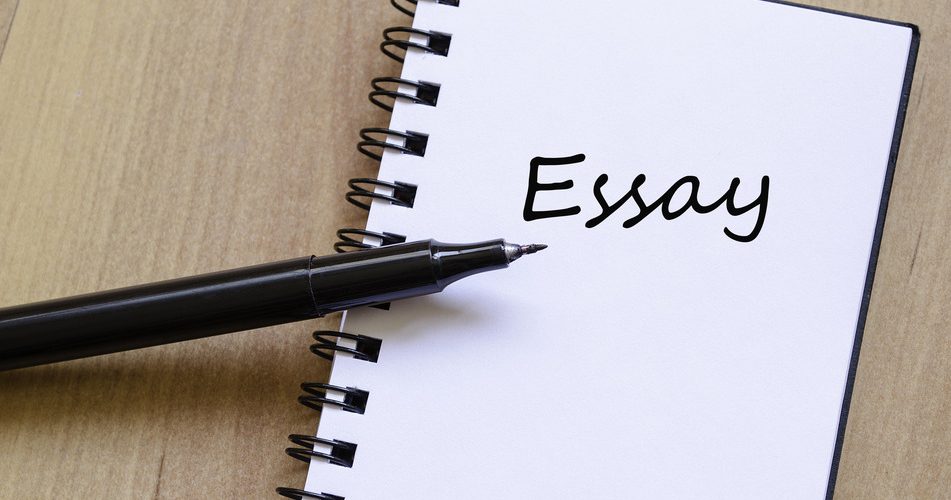Essay writing is an essential skill you will need to succeed in high school and college. For every student, writing essays is a crucial skill. In a timed exam essay, persuasive, narrative, descriptive essay, or any other type of academic essay, the key to becoming a good writer is writing. Creating opportunities for our students to engage in extended writing activities will go a long way to helping them improve their skills as scribes.
Common Essay Structure
High school English classes typically require a basic five-paragraph essay as the standard. Breaking the paragraphs up into smaller parts makes it easier to understand for both teacher and student. Students can digest the brunt of the lesson when you break each paragraph up.
- Introduction – Contains a “hook” sentence, a problem statement, and a thesis statement
- Body paragraph 1 – Contains a topic sentence that connects to the thesis, states the first (least important) point, includes concrete details and commentary, and ends with a transition
- Body paragraph 2– The topic sentence builds on the last transition sentence and the thesis, then presents the second (semi-important) point with evidence and commentary, before transitioning to the last point.
- Body paragraph 3– Uses the strongest evidence and commentary to conclude the essay, tying together the last transition sentence and the final (most important) point.
- Conclusion – restates the thesis statement, reflects on the problem, and ends with a memorable conclusion sentence
Here are a few basic tips for writing an English essay:
- It is critical that your topic isn’t too narrow or too broad for the length of the essay and that there is enough evidence in the text to support your argument.
- Consider your audience. The assigned work is already familiar to your teacher. Avoid summarizing the plot in your essay and stick to analysis.
- In the introduction, include a clear thesis statement and a full reference to the literary work and author you are discussing.
- Start each paragraph with a topic sentence.
- Write in the present tense when you are describing events.
- Keep yourself out of the analysis and use the third person.
- You should provide detailed examples from the work to support your claim. Include relevant quotations and examples from the work.
- Tie together your arguments and ideas in the conclusion paragraph. Your conclusion should not introduce a new topic or idea that wasn’t covered in your body.
- Proofread, proofread, proofread. Take a break from looking at your work for a while, then do a proofread again. You might be able to get someone else to proofread it for you if you can.
- In-text citations should be accompanied by a Works Cited entry, according to the citation format you use.










